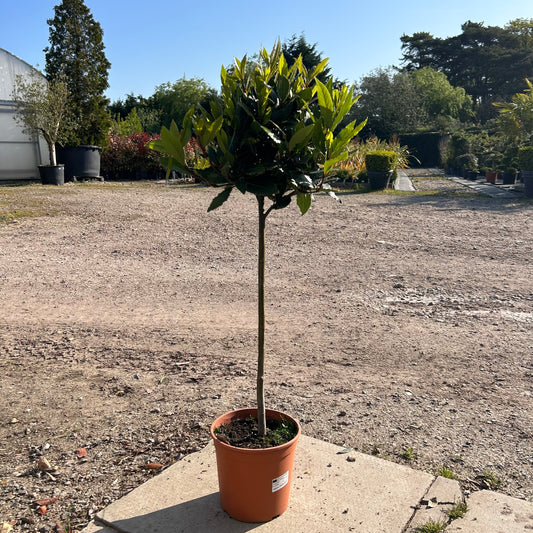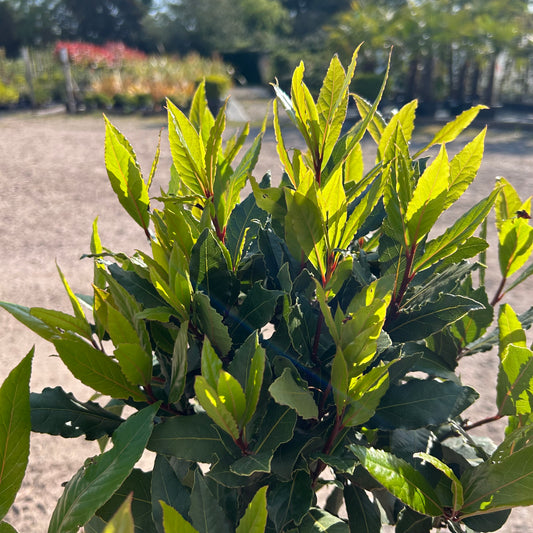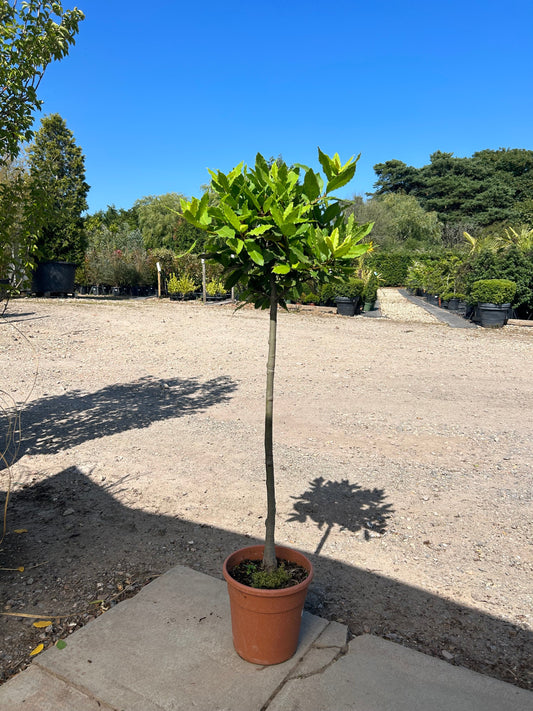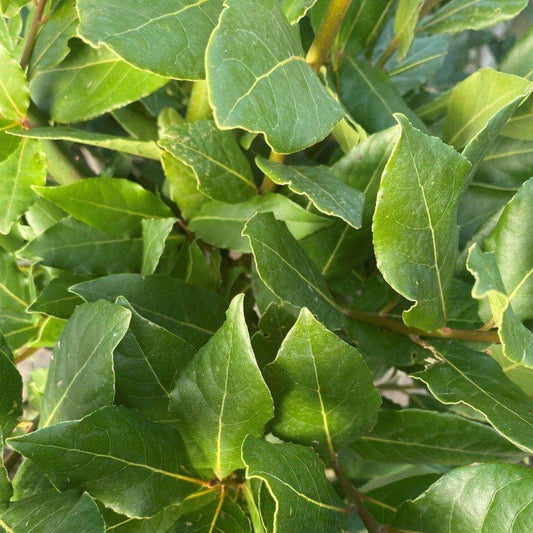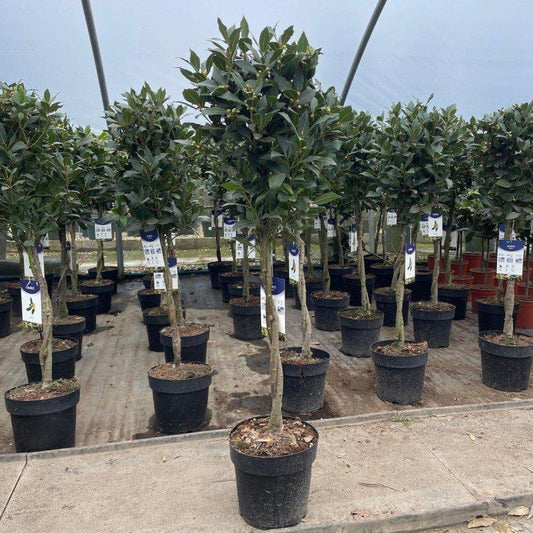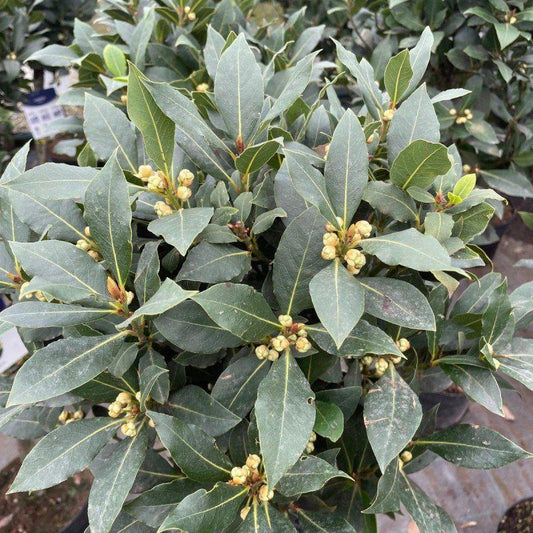Inside this Article:
- What are the ideal watering requirements for Fatsia japonica during the UK winter?
- What steps should be taken to ensure Fatsia japonica's health throughout the year?
- Which location is most suitable for planting Fatsia japonica in the UK garden?
- When is the appropriate time to prune Fatsia japonica in the UK?
- What common issues should one look out for when growing Fatsia japonica outdoors in the UK?
- How to maintain Fatsia japonica growing in pots within a UK climate?
Fatsia Japonica is a striking plant that can bring a touch of the exotic to our gardens in the UK. To care for Fatsia Japonica successfully in 2024, we should focus on choosing the right location, ensuring proper planting, and providing ongoing maintenance. This evergreen shrub is not only beautiful but also hardy, making it an excellent choice for both indoor and outdoor settings.
When we select a suitable spot for Fatsia Japonica, it’s important to consider factors like light and space. These plants thrive in partial to full shade and need enough room to grow, as they can reach up to 2 metres in height. With the right conditions, we can enjoy their lush foliage year-round while minimising common issues like pests and diseases.
Effective care of Fatsia Japonica also includes appropriate watering and occasional feeding. By keeping the soil moist but not waterlogged, we can promote healthy growth and vibrant leaves. Whether we’re planting new seedlings or repotting existing ones, maintaining the plant's health is key to bringing out its best qualities.
Key Takeaways
- Fatsia Japonica thrives in partial to full shade with enough space to grow.
- Keeping the soil moist and feeding occasionally supports healthy growth.
- Regular maintenance helps prevent pests and diseases, ensuring vibrant foliage.
Choosing the Right Location
Selecting the right location for Fatsia japonica is crucial for its growth and health. We need to consider both light requirements and soil conditions to create the best environment for this plant.
Understanding Light Requirements
Fatsia japonica thrives in different light conditions, making it versatile for various garden settings. Ideally, it prefers partial shade but can also adapt to full shade.
In locations with strong sunlight, the foliage may get scorched or show signs of stress. However, if positioned in too much shade, it may become leggy and lose its vibrant appearance.
When choosing the spot, observe how sunlight moves across our garden throughout the day. A location with dappled sunlight can often be ideal.
For those in urban areas with tall buildings, we should find a spot that allows enough light without exposing the plant to harsh, direct rays.
Soil Type and Drainage
Soil choice impacts the overall health of our Fatsia japonica. This plant prefers fertile, well-drained soil that retains some moisture but avoids sogginess.
Heavy clay soil can hinder its growth if it doesn’t drain well. To improve drainage, we could mix in organic matter or compost, ensuring the soil remains loose and nutrient-rich.
A soil pH of 6.0 to 7.0 is generally suitable, but Fatsia can tolerate a range. It's important to consider the drainage of our chosen site. If water tends to pool in certain areas, we may need to elevate our planting location or consider building up the soil with additional amendments.
By focusing on both light and soil conditions, we can help ensure the best growth for our Fatsia japonica.
Planting and Repotting
Caring for Fatsia Japonica involves proper planting and repotting strategies to ensure healthy growth. We must consider the right conditions and timing for planting, as well as how to manage container gardening effectively.
Planting Fatsia Japonica Outdoors
When we plant Fatsia Japonica outdoors, the best time is in spring. This timing allows the plant to establish roots before winter arrives.
- Location: Choose a shaded area as Fatsia thrives in low light.
- Soil Preparation: We should dig a hole about twice the width of the root ball.
- Soil Enrichment: Adding organic matter or a mix of blood, fish, and bone will improve soil fertility.
- Depth: Place the plant at the same depth as it was in the pot.
- Backfilling and Mulching: After positioning, we backfill with soil and add a layer of mulch to help retain moisture and suppress weeds.
Container Gardening Considerations
If we choose to grow Fatsia Japonica in containers, there are specific best practices to follow.
- Pot Size: Start with a pot that has ample drainage holes. We should select one that gives enough room for growth.
- Repotting: Plan to repot every two years using fresh potting compost to replenish nutrients.
- Soil Choice: Use a well-draining compost designed for houseplants. This is crucial for water management.
- Watering: Keep the soil slightly dry during the dormant period from mid-autumn to early spring.
- Fertiliser: During the growing season, we can apply a balanced liquid fertiliser every few weeks to support growth.
By following these guidelines, we can ensure our Fatsia Japonica thrives, whether planted in the ground or in a container.
Ongoing Care and Maintenance
Caring for Fatsia japonica involves attention to watering, feeding, and pruning. Each of these elements ensures our plant remains healthy and thrives well in UK gardens.
Watering Techniques and Moisture Levels
We need to keep the soil around Fatsia japonica consistently moist but not waterlogged. It is important to check the soil regularly. If the top inch feels dry, it is time to water.
During dry spells, we should water deeply to encourage strong root growth. This means giving it a good soak rather than a light sprinkle. In winter, we can reduce watering since the plant is less active.
To increase humidity, especially indoors, we can mist the leaves occasionally. Fatsia japonica enjoys humid conditions, so keeping the air moist can benefit its growth.
Feeding and the Use of Fertilisers
Feeding our Fatsia japonica is key to vibrant growth. We can apply fertiliser in spring when the plant starts growing actively. A balanced fertiliser like blood, fish, and bone works well.
We should follow the package directions for dosage. Typically, a handful spread around the base should suffice. Avoid over-fertilising, as this can damage the plant.
In addition, we can enrich the soil with compost or well-rotted manure. This adds essential nutrients and improves soil structure, benefiting our plant’s overall health.
Pruning and Shaping
Pruning helps maintain the shape of our Fatsia japonica and encourages bushier growth. We should aim to prune in late winter or early spring before new growth begins.
Removing any dead or damaged leaves is important. This not only improves appearance but also prevents pests and diseases. We can cut back any leggy growth to promote a fuller plant.
For shaping, we can selectively prune branches to enhance the plant's form. We should always use clean, sharp tools to make precise cuts. This minimises stress and potential disease.
Protecting Against Pests and Diseases
To keep our Fatsia japonica healthy, we need to be aware of common pests and diseases that can harm the plant. Recognising these issues early is crucial for effective treatment.
Common Pests and How to Combat Them
Pests like scale insects, mealybugs, and thrips can damage our Fatsia japonica.
- Scale Insects are small and often appear as raised bumps on leaves. We can remove them manually or use insecticidal soap for larger infestations.
- Mealybugs resemble white cottony clumps. Wiping them off with a cotton swab dipped in alcohol can help control their spread.
- Thrips attack buds and flowers, leading to distortion. Regularly inspecting the plant can help us catch them early. We can use insecticidal soap or neem oil to manage them.
Keeping the plant healthy is our best defence. Regular watering and proper feeding can enhance its resilience against pests.
Identifying and Treating Diseases
Diseases like shot hole disease and leaf spot can also affect Fatsia japonica.
- Shot Hole Disease causes circular brown spots with holes in the leaves. We should keep the area around our plant clean and avoid overhead watering to improve air circulation.
- Leaf Spot appears as dark spots on leaves, often caused by fungi. We can treat this with fungicidal sprays.
Regularly checking our plants and maintaining good hygiene practices can help us prevent these diseases. Disposing of affected leaves immediately reduces the risk of spread.
Propagation and Growth Habits
We can successfully propagate Fatsia japonica using cuttings or seeds. Understanding its growth habits helps us to foster healthy plants. This species is known for its striking palmate leaves and slow growth, making it a unique addition to our gardens. Here’s how to manage its propagation and growth.
Taking and Rooting Cuttings
To propagate Fatsia japonica from cuttings, we start by selecting healthy stems. We recommend taking semi-hardwood cuttings in late summer. Cut a 10-15 cm section from a stem that has at least two sets of leaves.
Remove lower leaves, leaving a couple at the top. This ensures energy is focused on root development.
Using a clean pot, we fill it with a peat-free compost mix. Insert the cutting about 5 cm deep and firm the soil around it. It’s essential to keep the compost moist but not soggy. Covering the pot with a plastic bag can create humidity, which helps with rooting.
In about six weeks, we can gently tug the cutting to check for resistance, a sign that roots have formed.
Understanding the Growth Pattern
Fatsia japonica has a slow-growing nature and can reach a height of up to 3 metres (10 feet) when established. We notice that it grows best in partial shade but can tolerate full sun in cooler conditions.
The leaves are palmate (shaped like a hand with finger-like lobes) and can provide significant visual interest.
In late autumn, small white flowers may appear, attracting beneficial insects. After flowering, the plant can produce seeds, but many gardeners prefer to propagate through cuttings for faster results.
As it grows, ensuring proper water levels is essential, especially in the first year. Established plants are more drought-tolerant but still benefit from regular watering during dry spells.
Frequently Asked Questions
In this section, we will address common questions about caring for Fatsia japonica in UK gardens. We will cover various topics like watering, pruning, planting locations, and more.
What are the ideal watering requirements for Fatsia japonica during the UK winter?
During the UK winter, we should water Fatsia japonica less frequently. It’s important to keep the soil slightly moist, but avoid overwatering. This helps prevent root rot, especially in cooler months.
What steps should be taken to ensure Fatsia japonica's health throughout the year?
To maintain health, we must ensure the plant gets enough light, especially indoors. Regular watering is crucial during the growing season. We can also apply fertiliser in spring and summer to promote growth and vitality.
Which location is most suitable for planting Fatsia japonica in the UK garden?
Fatsia japonica thrives in partial shade to full shade. We should choose a spot that protects it from harsh winds and direct sunlight. The soil should be well-drained and rich in organic matter.
When is the appropriate time to prune Fatsia japonica in the UK?
Pruning is best done in late winter or early spring. At this time, we can remove any dead or damaged leaves. This encourages new growth and shapes the plant for the upcoming season.
What common issues should one look out for when growing Fatsia japonica outdoors in the UK?
When growing outdoors, we need to watch for pests like spider mites or aphids. Fungal diseases may also occur if the plant is overwatered. Regular checks can help us catch these issues early.
How to maintain Fatsia japonica growing in pots within a UK climate?
For potted Fatsia japonica, we should ensure adequate drainage in the pot. We need to water it when the top few inches of soil dry out. Additionally, keeping it in a sheltered location helps protect it from extreme weather.


